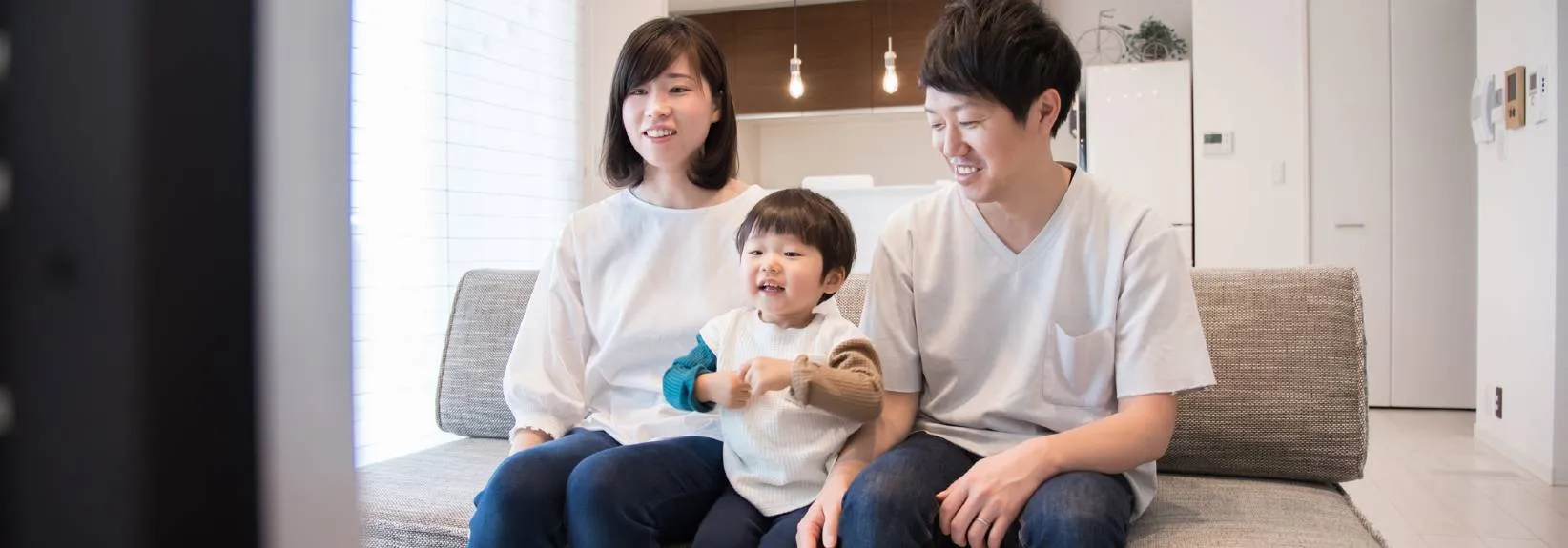How Do UV Lights for HVAC Systems Work?
When you think of ultraviolet light, you might picture getting sunburned after spending a day at the pool. However, UV light is also something you can use for increasing indoor air quality. Sunscreen defends against UVA and UVB rays, but UVC is the kind of light applied in air purification. If you suffer from allergies or asthma or hope to limit the dispersal of illnesses throughout your home, a UV light installed in your HVAC system could be the air quality solution you’ve been searching for!
How Does a UV Light Operate?
The germicidal effects of ultraviolet light have been known for more than 100 years. UVC rays were originally applied to treat tuberculosis. Nowadays, germicidal lamps are found in hospitals, food processing facilities, water treatment plants and air purification systems. A UV lamp installed into your HVAC system helps the air quality in your home by deactivating microorganisms such as bacteria, viruses, mold and more. It usually needs 10 seconds of contact to disrupt these germs’ DNA, killing them or blocking them from replicating. UV lights also combat volatile organic compounds (VOCs) found in cleaners and repellents alongside airborne bioaerosols such as pollen and pet dander. However, UV lights don’t physically ‘trap’ contaminants, so you still need an air filtration system to extract dust, fibers and other particles from your home’s air supply.How Effective Are UV Lights?
As long as they are installed properly and use the right wavelength of UV light, germicidal lamps are highly effective at enhancing indoor air quality. One study out of Duke University revealed that UV light deactivated more than 97 percent of drug-resistant bacteria from the air in hospital rooms. Another report measured “significantly lower” fungal levels within a commercial property’s HVAC equipment after four months of using a UV light.Benefits of UV Lights
Install an ultraviolet lamp in your HVAC system to enjoy these benefits:-
- Cleaner indoor air: UV light technology helps clean the air around the clock without introducing chemicals into the environment. As opposed to certain air purifiers, ultraviolet lamps don’t create ozone, an infamous lung irritant that is very toxic to people with asthma, allergies or prolonged lung conditions.
-
- Decreased chance of getting sick: When combined with good personal hygiene, germ-killing UV products can reduce the risk of contracting viral and bacterial infections.
-
- Stronger protection for your HVAC system: Mold, fungi and bacteria can gunk up your heating and cooling equipment. Keep the system operating smoothly and efficiently with a hard-working UV light.
-
- Reduced HVAC maintenance and repair costs: With an inherently cleaner central HVAC system, you enjoy simpler maintenance requirements and fewer emergency repairs. These savings can help offset the cost of utilizing a UV light and replacing the bulb.

